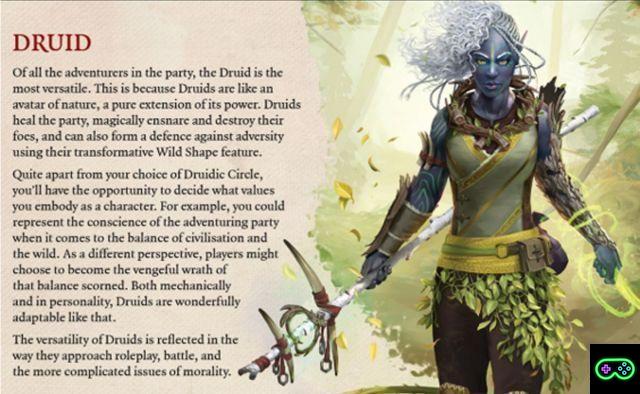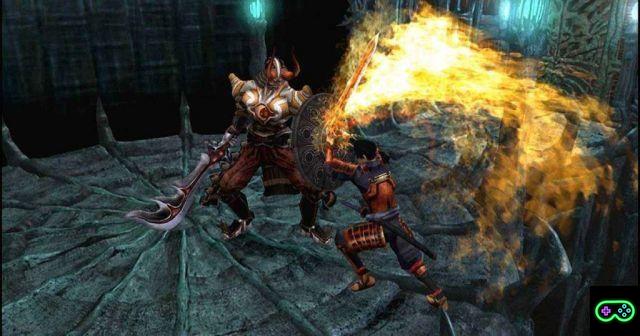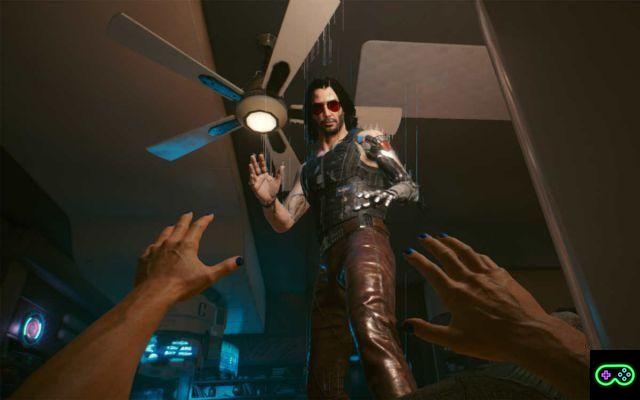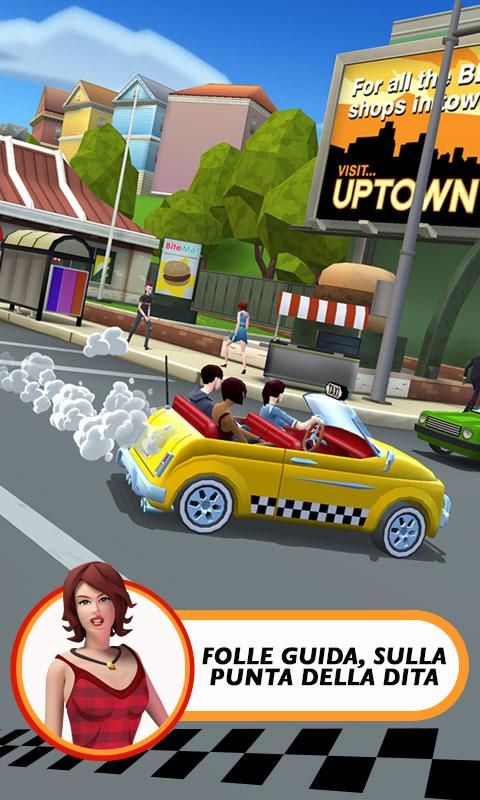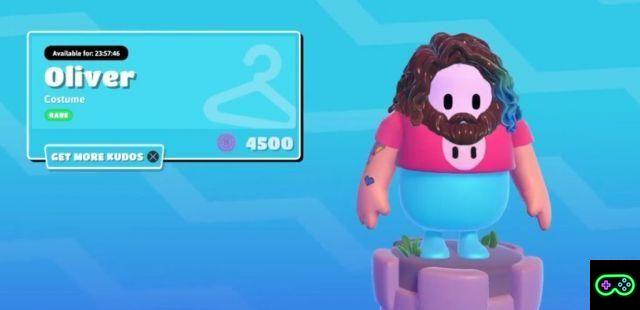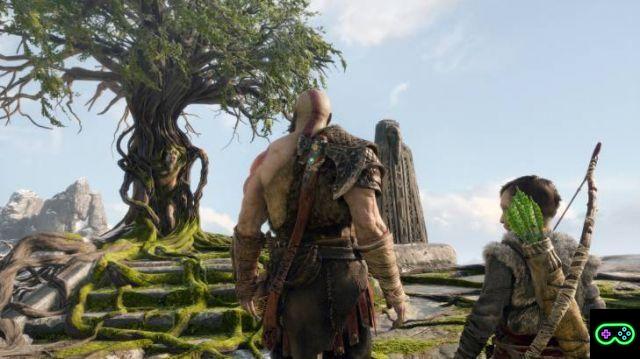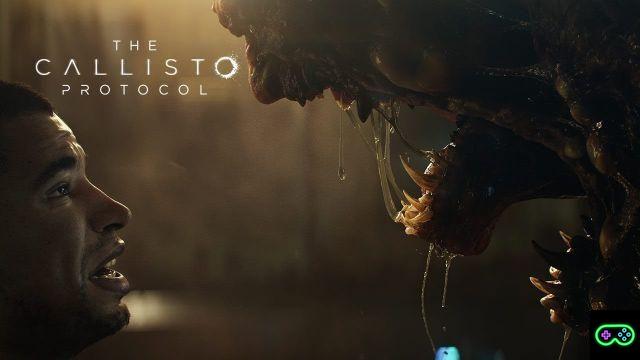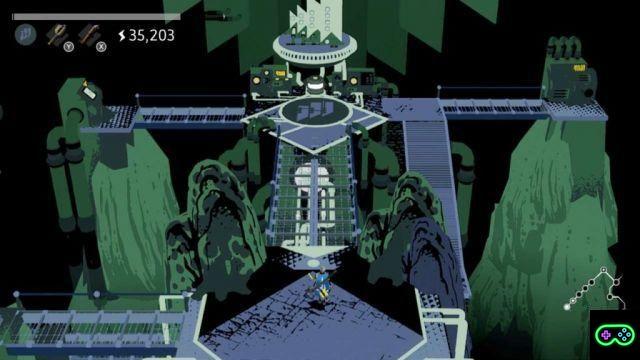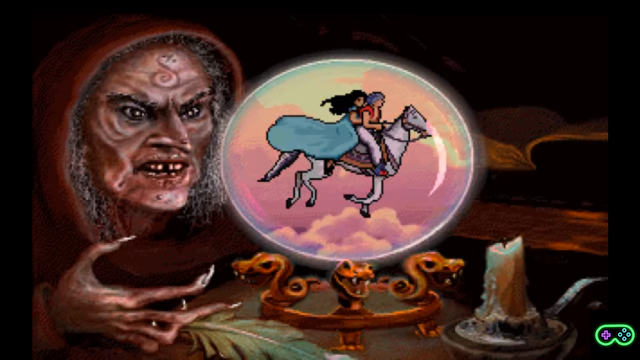In the past, games and consoles were much simpler than they are today. Just think of the various Super Mario and their modus operandi: the player turns on the console and finds himself there, in the middle of the stage, with his character, without the shadow of an explanation. It's up to him to find out which button is responsible for which action, who the enemies are, how they get rid of them, and so on. And it is precisely on this vintage scheme that the gameplay of Gleamlight, released on Nintendo Switch last August 20.
Password: simplicity
A 2D platforming adventure developed by Dico Co. and produced by D3 Publisher, Gleamlight is set in a world where everything, from characters to architecture, it is made of glass. The player plays a mysterious little red knight named Gleam who, armed with only one sword, he must make his way through the enemies that hinder his path. It is a very simple gameplay, which winks at the glories of the past: there are no tutorials, there is no game menu, the player is not even notified when the character - approximately at the end of each boss fight - gains a new power.
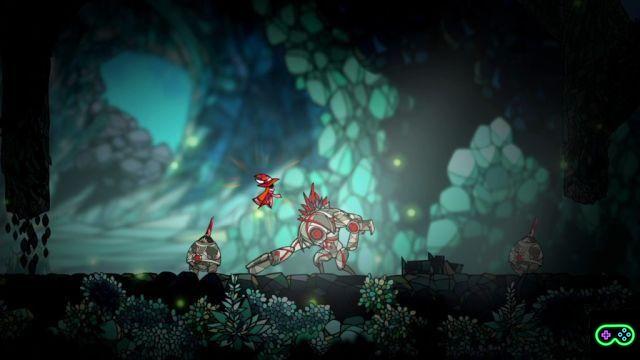
From double jump to charged attack, our red alter ego becomes more powerful (but not too much) as Gleamlight advances, at a cost: each of the special actions requires some "life" on the part of the protagonist. Jumping will therefore have the same effect as the shots of the enemies and, in the long run, could lead to the premature crumbling of the character: as if that were not enough, the only way to understand how many HP we have is to observe the intensity of the light emitted by the protagonist. Gleamlight is in fact devoid of any UI: there are no indicators of any kind, so each action must be carefully weighed to avoid nasty surprises.
Just like the gameplay, the story is simplified to the bone: without dialogue or significant changes of scenery, everything that can be understood about the plot of Gleamlight must be intuited, given that nothing is ever made explicit. It goes without saying that, under these conditions, history can only be absolutely secondary in the gaming experience, which is almost totally supported by the gameplay.
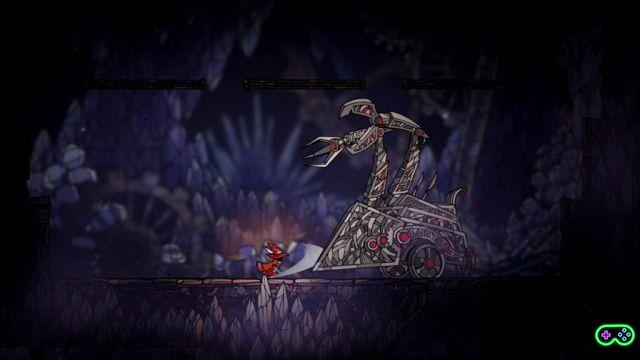
The other side of the coin
This is precisely the main problem with Gleamlight: it does too much reliance on a gameplay that is neither able to meet expectations, nor to hold the entire game on its shoulders. The plot is just hinted at and the lack of dialogue does not help in this sense, but a change of scenery or enemies would undoubtedly have made a difference - see Super Mario Land: who has never understood what its purpose was, even with literally only one sentence in the whole game?
In reverse, Gleamlight continues as without beginning and without end: the enemies are still the same, with few additions and even fewer changes in the strategy needed to get rid of them. Likewise the levels are all structured in the same way, with the same architecture and always similar puzzles. Although it is not a particularly long-lived game, it takes a few hours to realize its excessive repetition which, combined with the apparent lack of a real purpose, risks compromising a serene and passionate enjoyment of the game.
Gleamlight is a real treat for the eyes and ears. The wonderful graphics, reminiscent of the illustrated windows of churches and palaces, blend with a simple and relaxing soundtrack to return a truly satisfying visual and auditory impression. However, this is not enough to save the experience: the excessive repetitiveness of gameplay and scenarios, combined with the lack of a real plot, make Gleamlight very uninspiring.




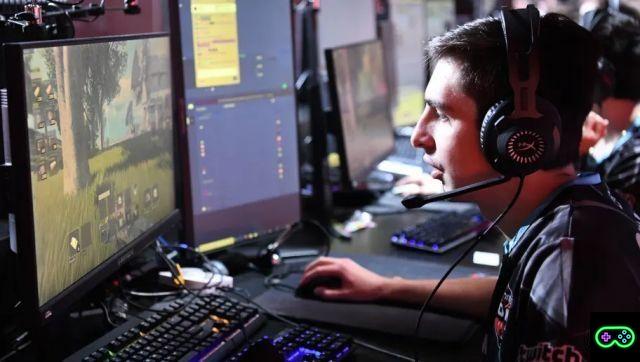
![[The Bear's Lair] God of War: Betrayal and Greek mythology](/images/posts/17432d3b12ecfec44b0b855d20c7520f-0.jpg)



